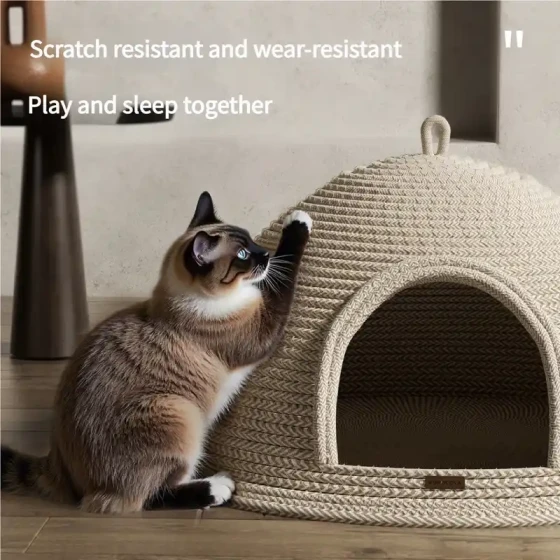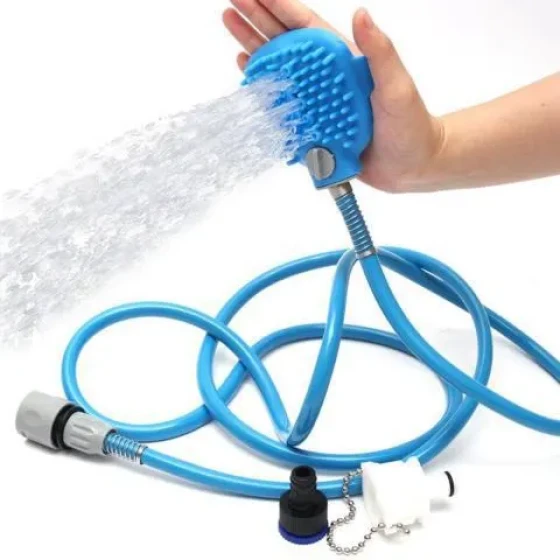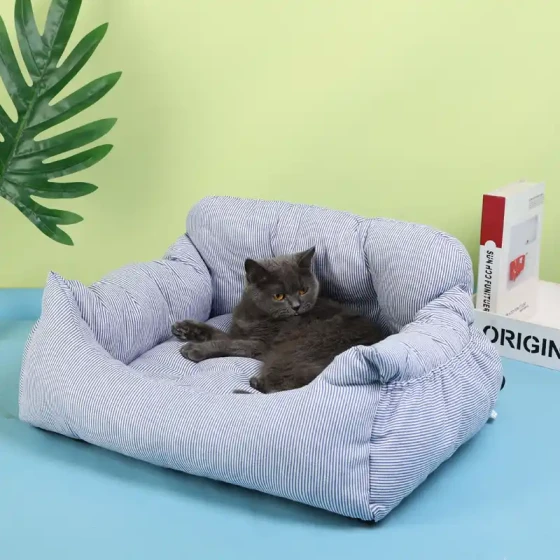Cat Is Listless and Loss of Appetite_Warning Cat Owner of Illness
Cats suddenly becoming listless and losing appetite is almost the worst situation every cat owner hopes to avoid. If your cat shows these symptoms, don’t hesitate; put everything aside and take it to the vet as soon as possible. This is not a trivial matter and is likely a serious distress signal from its body.
On the journey of raising cats, we often feel the warmth and fun these little fellows bring. They can be aloof or clingy at times, always interacting with us in their own way. But at the same time, we must realize that as pets completely dependent on us, cats usually won’t clearly express where they feel discomfort when they are ill. They are born “hiders” and instinctively conceal their vulnerability to avoid becoming prey in the wild. Therefore, when a cat that is normally lively or at least eats on time becomes listless and loses interest in food, it means they may already be quite unwell.

Why are cats’ poor spirit and loss of appetite so alarming?
Simply put, loss of appetite (anorexia) and low spirits (lethargy, listlessness) are the most common nonspecific symptoms in cat diseases and can appear in a wide variety of health problems. It’s like a fever in humans; it is not a specific disease but the body telling you "something is wrong." For cats, not eating for a few days can lead to a very dangerous condition called hepatic lipidosis (also known as fatty liver), especially in overweight or obese cats. Hepatic lipidosis rapidly impairs liver function, is very difficult and expensive to treat, and does not always have a favorable prognosis. So loss of appetite is far more serious than just “being picky,” and the underlying health crisis is much bigger than we imagine.
What are the possible "hidden culprits"?
The appearance of these two symptoms could point to a wide range of potential issues, from mild discomfort to life-threatening severe diseases, including:
- Digestive system issues: This is the most direct link. Inflammatory bowel disease (IBD), gastrointestinal infections (viruses, bacteria, parasites), pancreatitis, gastrointestinal foreign bodies (cats accidentally eating threads, plastic, etc.), constipation or diarrhea can all cause pain and nausea, leading to refusal to eat and lethargy.
- Organ diseases: Kidney diseases, liver diseases (besides fatty liver mentioned above, also hepatitis, liver tumors, etc.), diabetes, hyperthyroidism (although hyperthyroidism usually causes increased appetite, in its late stage or combined with other issues, appetite may also decrease) can affect a cat’s metabolism and overall health status, resulting in poor spirits and loss of appetite.
- Infections: Various viruses (such as feline panleukopenia, feline viral rhinotracheitis, feline immunodeficiency virus/FIV, feline leukemia virus/FeLV, feline infectious peritonitis/FIP), bacterial or parasitic infections consume a cat’s energy, cause fever, pain, or other symptoms, leading to inactivity and refusal to eat.
- Oral problems: Tooth pain, gingivitis, oral ulcers can cause severe pain during eating, naturally reducing food intake. Sometimes cats may try to eat but quickly give up.
- Pain: Whether from arthritis, injuries, or visceral pain, any form of pain can make a cat quiet, unwilling to move, and possibly reduce appetite.
- Poisoning: Cats ingesting toxic plants, drugs, chemicals can suffer acute poisoning reactions. Lethargy and loss of appetite are often early symptoms.
- Tumors: The growth of tumors inside the body, whether benign or malignant, can affect the cat’s overall health, causing weight loss, loss of appetite, and poor spirits.
- Stress: Although not as direct as physiological diseases, severe stress (such as moving house, new family members, prolonged isolation) can cause transient appetite loss and behavioral changes, usually not lasting long or as severe as disease. However, stress can also trigger underlying diseases.
You see, these two seemingly simple symptoms involve a very complex spectrum of diseases. As non-professional pet owners, it is difficult for us to determine the exact problem just by observation.
What can owners do before seeing a vet?
While contacting a veterinarian as soon as possible, you can do some preliminary observations and record-keeping, which will help the vet make a faster diagnosis:
- Record symptoms: How long has the cat had these symptoms? Is the appetite completely lost or only decreased? Is the cat completely inactive or just quieter than usual? Are there other accompanying symptoms like vomiting, diarrhea, coughing, sneezing, runny nose, increased eye discharge? How is its water intake? Any changes in urination or defecation?
- Observe behavior: Is the cat hiding? Does it have abnormal posture (such as a hunched back, guarding its belly)? Is the cat limping when walking? Is the breathing rapid or difficult?
- Examination: Gently touch the cat’s body to see if it resists or shows pain. Check the gum color (healthy cat gums should be light pink), look for any paleness or yellowing. (But be careful not to overstress or cause discomfort to the cat.)
- Provide temptation: Before the vet visit, try offering foods the cat really likes, especially strong-smelling foods (like canned food, treats) or heating the canned food to enhance aroma, to see if it attracts interest. A little eating is better than none. However, this is only a temporary attempt and does not replace veterinary care.
- Ensure water source: Make sure the cat can easily access water to drink.
Remember: do not medicate by yourself! Especially human medicines, many are highly toxic to cats. Also, do not give leftover pet medicines from previous illnesses because you do not know if the current illness is the same.
Why is the veterinarian the only choice?
After consulting, the veterinarian will assess the cat’s condition through detailed history taking and a thorough physical exam. Based on initial evaluation, the vet may suggest further tests, such as:
- Blood tests: Including complete blood count (to check for infections or anemia) and biochemical profile (assessing liver and kidney function, blood sugar, electrolytes, etc.).
- Imaging exams: X-rays to view bones, organ contours, presence of foreign bodies or tumors; ultrasound to more closely examine organ structure and blood flow.
- Urine analysis: To assess kidney function and detect urinary tract infections.
- Fecal exam: To look for parasites.
- Virus tests: Such as FIV, FeLV, FIP.
Only through these professional tests can the vet accurately diagnose the underlying cause of the cat's discomfort and develop the most appropriate treatment plan. Treatment may include fluid therapy (to replenish fluids and electrolytes and prevent dehydration), anti-nausea drugs, painkillers, antibiotics, antiviral drugs, or specialized treatments targeting specific diseases. In severe cases, hospitalization for observation and treatment might be necessary.
A bit of experience from someone who's been through this
Many times, a cat’s appetite and spirit are the most intuitive indicators of its health status. Once abnormalities appear, especially if the cat does not eat for 1-2 days or is very weak, don’t hope for luck and don’t seek various remedies online. Time is very precious for a sick cat; the earlier the diagnosis and treatment, the better the prognosis. Spending a few hundred or even thousands on examination and treatment is far better than suffering worse results or regrets due to delayed care.
As cat owners, our responsibility is not only to provide food and shelter but to carefully observe, promptly detect abnormalities, and provide professional medical help when needed. Cats are family, and their health and safety should always come first.
References:
- WSAVA (World Small Animal Veterinary Association) Guidelines
- AAHA (American Animal Hospital Association) Canine and Feline Behavior Management Guidelines
- Veterinary Partner (VIN) - Articles on Feline Health topics
- Cornell Feline Health Center - Resources on various cat diseases




-560x560.webp)
